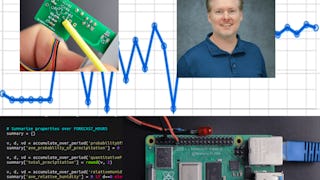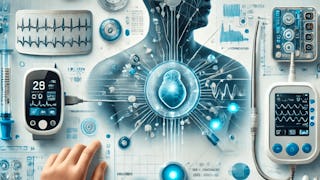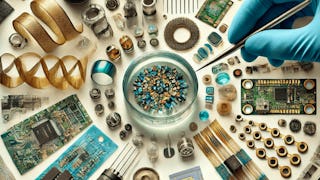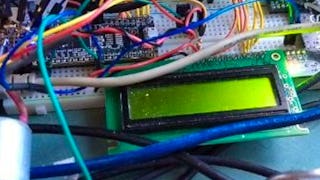Sensors are the backbone of modern systems, vital in industries such as healthcare, automotive, consumer electronics, environmental monitoring, and IoT.
Delve into the world of sensors with our "Fundamentals of Sensors" course, crafted to provide a comprehensive understanding of sensor principles, fabrication processes, and diverse applications. Ideal for aspiring professionals and students, this course equips you with the foundational knowledge and technical skills vital for thriving in modern industries reliant on sensor technology. Through technical insights and hands-on demonstrations, this course bridges theoretical concepts and real-world applications, offering a strong foundation for students and professionals interested in sensor technology and its diverse applications across industries. By the end of the course, you will possess a robust understanding of sensor technology, preparing you for a successful career in various high-tech fields. Whether you aim to become a sensor design engineer, work in R&D, or engage in product development for innovative technologies, the knowledge gained here will be your cornerstone for success.






















